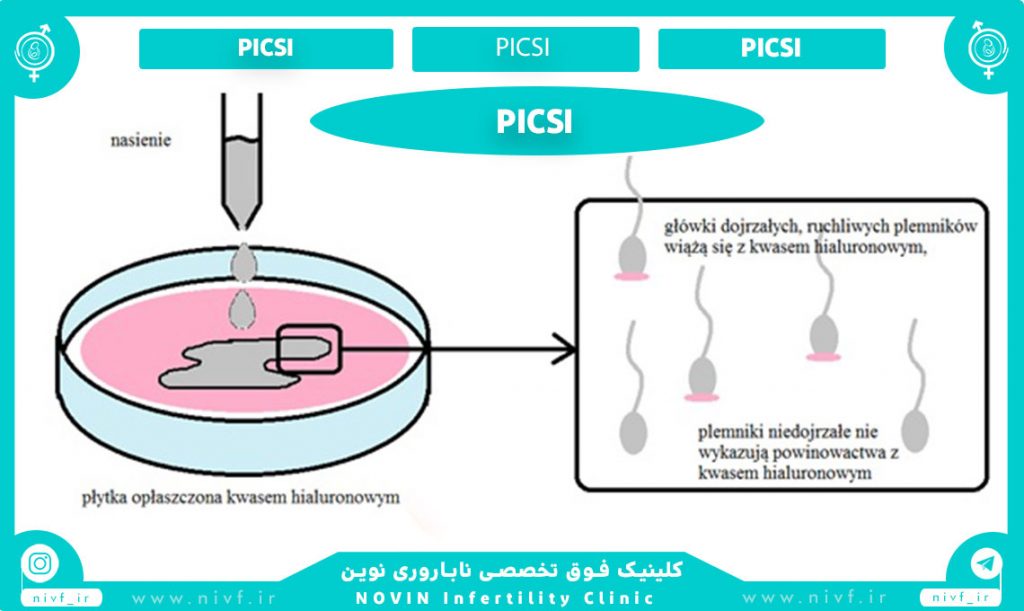Physiological Intra-cytoplasmic Sperm Injection (PICSI)

In normal insemination, successful fertilization of the egg is performed only by sperm, which has the ability to bind to a chemical (hyaluronan) on the surface of the egg. Such interaction can only be achieved by a matured sperm that has a biochemical capacity for binding to hyaluronan.
PICSI is a technique that simulates the natural selection of matured sperms. The principle of this method is to culture sperms in a special container containing hyaluronan. Then selected sperms are used for microinjection, the only difference between ICSI and PICSI techniques is the technique of choosing sperms.
Using the PICSI method, we are able to select sperms very similar to what happens in human biology. This method is a key step in the natural fertility process, which mimics the binding of matured sperm to the oocyte. As a result, selective sperm is basically the one that succeeds in fertilizing in the natural process of fertility.
Studies show that PICSI-mediated hyaluronan sperms are often mature in most cases, have less DNA damage and less chromosomal aneuploidies. The PICSI technique improves pregnancy rates and reduces the number of ICSI abortions.


